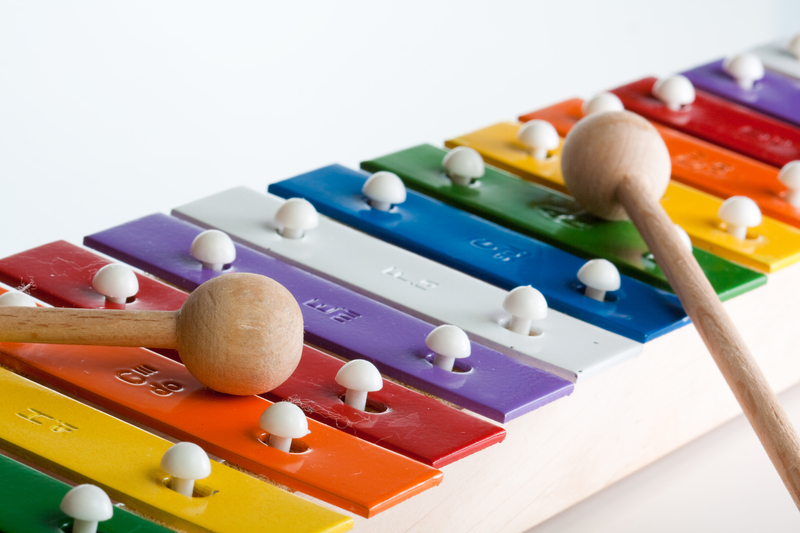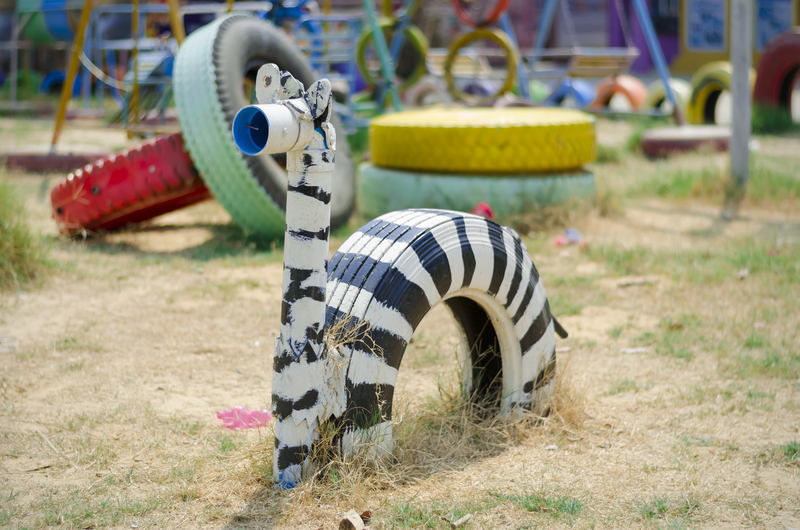Environmentally Safe Disposal Options for Pots and Pans
Pots and pans are essential items in every kitchen, but eventually, even the most reliable cookware reaches the end of its life. When that happens, it's crucial to consider environmentally safe disposal options for pots and pans. Disposing of cookware irresponsibly contributes to landfill pollution and squanders valuable materials. Fortunately, many eco-friendly methods are available to ensure your old pots and pans continue to serve a purpose or are processed sustainably.
Understanding the Environmental Impact of Cookware Disposal
Each year, millions of tonnes of kitchenware end up in landfills globally. Not only does this add to ever-growing landfill problems, but cookware made from metals, nonstick coatings, and plastics may also leach harmful chemicals into the environment. By exploring various green disposal options for cookware, we minimize environmental hazards while promoting resource efficiency and sustainability.
- Metals: Steel, aluminum, and copper are recyclable, valuable resources.
- Nonstick coatings: Older Teflon surfaces can contain PFOA, which can contaminate soil.
- Mixed Materials: Pots and pans may combine metals, plastics, or ceramics, complicating disposal.

Key Eco-Friendly Disposal Methods
There are several environmentally safe disposal options for pots and pans that you can utilize to reduce waste. Let's dive into each one in detail.
1. Recycling Metal Pots and Pans
Most pots and pans are made from metals like aluminum, iron, copper, and stainless steel, all of which are recyclable. Recycling is one of the most environmentally friendly disposal options for old cookware. Here's how to go about it:
- Check Local Programs: Not all municipal curbside recycling services accept cookware. Contact your local recycling center to confirm whether they accept metals like pots and pans.
- Remove Non-Metal Parts: Handles made from plastic, silicone, or wood and glass lids should be separated before recycling, as they may not be accepted.
- Specialty Scrap Yards: If your regular recycling service won't take pots, contact a metal scrap dealer or recycling facility. Scrap yards often accept a wide variety of kitchenware.
- Nonstick Considerations: If your pans have Teflon or similar coatings, inform the recycling center. Some facilities can process coated metals, while others cannot.
By making the effort to recycle cookware, you help preserve resources, cut the carbon footprint, and keep metals circulating in the economy rather than languishing in landfill.
2. Donating Usable Pots and Pans
If your cookware is still in usable condition, donation is a responsible and impactful disposal option for pots and pans.
- Charity Shops and Thrift Stores: Many organizations accept gently used kitchenware and redistribute it to those in need.
- Homeless Shelters and Food Banks: These facilities often welcome donations of pots and pans for use in communal kitchens.
- Online Platforms: Use online marketplaces like Freecycle, Craigslist, or Facebook Marketplace to find local takers for your cookware.
Donating cookware extends its lifespan and supports those in need, making this a very sustainable option for pots and pans disposal.
3. Repurposing and Upcycling Old Cookware
Don't toss that battered pot or pan just yet! Repurposing is a creative and sustainable way to extend the life of your cookware. Here are some innovative ideas for upcycling:
- Planters and Flowerpots: Drill drainage holes and plant flowers, herbs, or small veggies.
- Decor and Storage: Use pots as rustic storage bins for utensils or as imaginative outdoor garden art.
- Bird Baths or Feeders: Attach old pans to poles in your yard to attract birds.
- Wall Hangings: Artistic handles or vividly colored pans can become unique wall decor.
With some creativity, you can transform your old cookware into new treasures, making eco-friendly disposal of pots and pans both fun and rewarding.
4. Participating in Manufacturer Take-Back Programs
Some cookware brands have recognized the importance of environmentally safe cookware disposal and offer take-back programs. Here's how to take advantage:
- Brand Programs: Brands like Calphalon and GreenPan occasionally offer recycling or trade-in events for their products.
- Retailer Initiatives: Some stores host recycling days for metals, kitchenware, or electronics, accepting a range of cookware items.
- Mail-Back Schemes: Ship your old cookware to designated centers for recycling or proper disposal.
Check with your product's manufacturer or retailer about any current take-back programs as part of their sustainable pots and pans disposal efforts.
Special Considerations by Material
The environmentally safe disposal options for pots and pans can vary depending on the materials used. Below is a comprehensive list based on material type.
Aluminum and Stainless Steel Pots/Pans
- 100% Recyclable: Most recycling centers and scrap yards accept these metals.
- Remove Non-Metal Contents: Detach handles, lids, and plastic bits.
- Repurposing Potential: Ideal for planters, buckets, or even pet food dishes.
Copper Cookware
- Copper is Valuable: Scrap yards usually pay for copper. Remove other attached materials for pure copper.
- Reuse as Art: Aged copper pans make beautiful decorations or can be turned into rustic wall clocks.
Nonstick Cookware
- Cautious Recycling: Due to chemical coatings, always ask your recycling facility if they accept nonstick pans.
- Donation: Only if the coating is intact and safe for further use.
- Disposal: If not recyclable, nonstick pans may need to be taken to a landfill. Always seek specialized recycling first.
Ceramic and Glass Pots
- Special Processing: Ceramics and glass often require different recycling streams. Contact local recycling centers for guidance.
- Upcycle: Broken ceramics can be used for mosaic art or garden paths.
Cast Iron Pots and Pans
- Highly Durable: If slightly damaged, consider refinishing (reseasoning) instead of disposal.
- Recycling: Accepted by metal recyclers.
- Resale or Donation: Many vintage cookware enthusiasts seek cast iron pans, even in imperfect condition.
Hazards of Improper Disposal
Improperly disposing of cookware, especially those with chemical coatings or mixed materials, can harm the environment. Here's why choosing sustainable disposal options for pots and pans is essential:
- Landfill Overflow: Non-biodegradable metal items persist in landfills for centuries.
- Soil and Water Contamination: Chemicals from old cookware may seep into the earth.
- Resource Wastage: Metals and other materials are lost instead of recycled.
Tips for Prolonging the Life of Your Cookware
The best way to minimize waste is to extend the life of your pots and pans. Here are simple tips to increase durability, reducing the frequency of disposal:
- Proper Cleaning: Avoid abrasive scrubbers on nonstick and delicate surfaces.
- Avoid Overheating: Excess heat warps pans and wrecks coatings.
- Regular Maintenance: Re-season cast iron and promptly address loose handles.
- Use the Right Utensils: Wood, silicone, or plastic utensils help minimize scratching.
What to Do If No Other Option Exists
Sometimes, you may exhaust all eco-friendly cookware disposal avenues. In these cases:
- Consult Local Waste Collection Guidelines: Some municipalities have special collection events or hazardous waste drop-off days for challenging items.
- Seal for Landfill: If you must dispose of nonstick or hazardous cookware in the trash, ensure it is wrapped securely to minimize environmental contact.

Conclusion - Your Role in Sustainable Kitchenware Disposal
Each time a pot or pan is discarded, you face a decision with an environmental impact. By choosing environmentally safe disposal options for pots and pans, you protect natural resources, reduce pollution, and promote the reuse of valuable materials. Whether recycling, donating, repurposing, or using manufacturer take-back programs, the key is to avoid sending cookware to landfill whenever possible.
Remember, the best disposal option is always the one that keeps materials in use the longest and prevents environmental harm. With a little effort and creativity, your old cookware can have a remarkable second life.
Frequently Asked Questions
- Can I put old pots and pans in the curbside recycling?
Often, curbside programs do not accept cookware, but your local recycling center or a scrap metal dealer probably will. - What should I do with a pot or pan that has a broken handle?
If repair isn't practical, remove the handle for proper metal recycling or upcycle the pan for another use. - Is nonstick cookware recyclable?
Some recycling centers can take nonstick cookware, but always confirm first due to chemical coatings. - How can I donate pots and pans?
Contact local charities, food banks, shelters, or use online exchange platforms for donation opportunities.
For more information on eco-friendly disposal options for pots and pans, check your municipality's recycling website or consult with local environmental organizations.